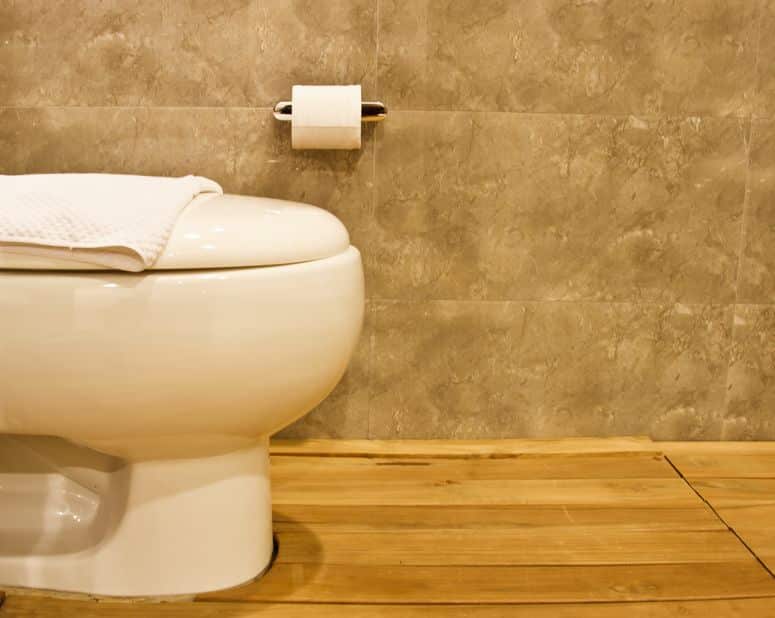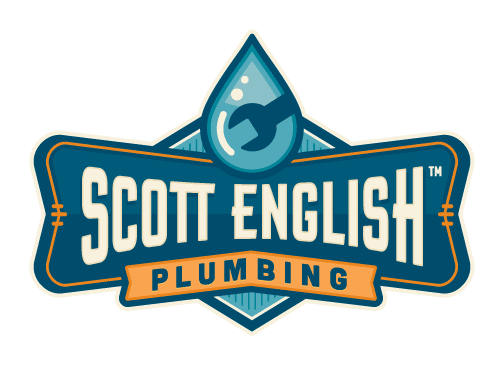Common Toilet Problems & How to Troubleshoot Them

A running toilet can really drive you nuts, not to mention what it does to your water bill. You don’t necessarily have to call a plumber every time your toilet acts up, though. There are some common issues that you can easily fix on your own. Use these guidelines to help you troubleshoot your toilet without calling a plumber.
If Your Toilet Doesn’t Flush Completely
Do you always have to hold the handle down or flush a second time because your toilet never flushes completely? You can probably fix this pretty easily. Start by removing the cover from the tank. There is a chain that goes from the handle to the flapper cap. If the chain is too long, it won’t lift the flapper far enough. Try shortening the chain. Check the water level in the tank, too. There should be a fill line indicating how far the tank should fill up. If the tank isn’t filling up as far as it should, try gently bending the bulb of the float valve up just a little; wait to see if that makes the tank fill. If it doesn’t, check the rim holes that allow water to enter the toilet bowl. Sometimes those holes get blocked, and cleaning them can solve the problem.
Phantom Flushes
Does your toilet sometimes seem to flush on its own, when no one is using it? It’s not a ghost – it’s probably a worn out flapper valve. When that flapper gets worn out, it allows water to drain out, which means that the toilet bowl is constantly refilling. Just pick up a replacement at the hardware store, and follow the steps on the package to replace it.
Your Low Flow Toilet is Flowing Too Low
Low flow toilets are a great way to save water, but sometimes they don’t quite get the job done. You may need to reset the fill valve to make sure that the water level in the tank is correct. Check the manufacturer’s instructions for guidelines. If your tank doesn’t have a fill line marked on it, then aim for a half of an inch below the top of the overflow tube.
Your Toilet is Running
If your toilet is running, it is often because the flapper valve isn’t sealing correctly. Check inside the tank to make sure that nothing is blocking the valve and preventing it from closing properly. Clean underneath the flapper to remove any mineral deposits that might keep it from sealing. Check the chain, too; if it is too short, it might be holding the valve open.
The Tank is Dripping
Sometimes the toilet tank will sweat, which is normal and harmless. A drippy toilet tank can also be a sign of bad seal, though. If you aren’t sure which one you are dealing with, there is a simple test. Put a few drops of food coloring in the toilet tank. Wait a few minutes, and then check the toilet bowl. If the color has migrated to the toilet bowl, then you have a leaky seal.
Impending Doom
If your toilet is about to overflow, you can stop it. Reach into the tank, and lift up the fill valve. That will stop the toilet from filling. You can use an object to prop the valve up while you plunge the toilet.
Troubleshooting These Toilet Issues
If you are having a toilet problem and your toilet is clogged or isn’t flushing like it should, use these tips to troubleshoot it.
Troubleshooting – Step 1
First, get three gallons of water and pour all three of them directly into the bowl of the toilet. The water should drain out of the bowl within just a few seconds. If it does not drain out right away, then it means that there is a blockage in there. You can get rid of the blockage by using an auger. Choose an auger that has a protective rubber sleeve, so that you don’t damage the toilet bowl. Run the auger until the water in the toilet bowl returns to its normal level. After the water level has returned to its normal level, flush the toilet, wait for it to empty, and wait for it to refill. Repeat this process three times. The toilet should empty and refill properly each time. If it works, then there might still be a problem between the toilet tank and the toilet bowl. If it clogs again during this test, then there is a problem in the toilet’s pipes.
Troubleshooting – Step 2
Next, check to see if something is blocking the jets that spray water when the toilet flushes. If something is blocking the jets, there will be insufficient force to fully flush the toilet. If a clog isn’t visible, then it is possible that something was flushed into the rim and is causing a blockage there. If that is the case, the toilet will need to be replaced.
Troubleshooting – Step 3
Next, check the fill valve to see if it is working properly. Remove the lid from the toilet tank, and locate the small plastic tube on the left side of the tank. This tube rises over the water level and connects the fill valve to the overflow tube. Remove that tube, and there should be a stream of water that quickly enters the tube and refills the bowl. If the toilet isn’t filling it properly, then it will not be able to flush properly, either.
Troubleshooting – Step 4
Finally, check to see if the toilet bowl is holding sufficient water. It should hold two gallons of water in the bowl at all times (when it is not flushing). Without two gallons of water in the bowl, it will not flush properly. You can test this by slowly pouring half a gallon of water into the bowl; try not to cause it to flush. This should cause the water to rise to its maximum volume. If the bowl isn’t filling adequately, it could be because the flapper is faulty. If the flapper doesn’t float for as long as it should, the toilet will not empty and refill sufficiently. Fixing this problem can be as simple as replacing the flapper.
If you need help troubleshooting a toilet that doesn’t flush properly or resolving the problem that you discovered, call Scott English Plumbing. We handle all sorts of plumbing problems. We are available around the clock, so there is always a technician on call to assist you with your toilet problem or any other plumbing emergency. Just contact Scott English Plumbing, and we will come out to your home and get your toilet back into working order.
